Air Canada Pilots End Decade Long Framework and Open the Door to Negotiations
Abhishek Nayar
01 Jun 2023
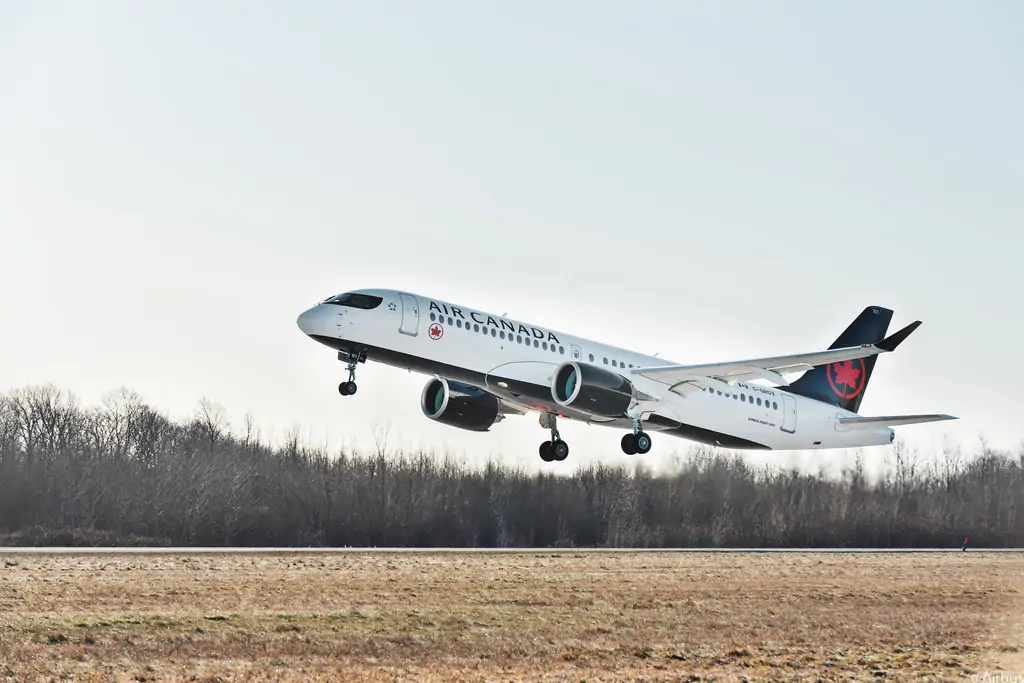
Air Canada pilots have long been worried about the wage disparity between themselves and aviators working for American carriers. They have elected to trigger an escape clause within their existing structure in order to solve this issue and get improved terms and conditions. This ruling opens the door for pilots to engage in negotiating during future "full bargaining" sessions.
Background Information about Air Canada Pilots
Air Canada pilots are an essential aspect of the airline's operations, guaranteeing safe and efficient passenger transportation. However, a considerable wage differential between these pilots and their colleagues at US airlines has raised concerns. The pilots' capacity to negotiate for greater compensation and benefits was constrained by the old structure, which was set to expire next year.
The Escape Clause and Its Implications
The pilots of Air Canada have elected to invoke an escape clause in their present agreement, which was slated to expire next year. This change shifts the expiration date ahead to September 29th, 2023, giving the pilots more time to negotiate a better agreement at the "full bargaining" sessions scheduled for this summer. The pilots' major goal is to close the pay gap between themselves and their higher-paid peers at US airlines, aiming for "historic" improvements.
Negotiations for a Better Deal
The impending "full bargaining" sessions provide an important chance for pilots to express their concerns and seek improved terms and conditions. The word "full bargaining" refers to extensive discussions in which all areas of the pilot's employment agreement are up for discussion, including salary, benefits, working conditions, and career advancement.
The Impact on Air Canada and its Pilots
The decision to invoke the escape clause and seek discussions for a better contract presents potential as well as challenges for Air Canada and its pilots. Closing the wage disparity with US airlines will not only raise pilots' financial stability but also their job satisfaction and morale. This, in turn, might have a favorable influence on the airline's operations since motivated and satisfied pilots perform better.
Conclusion
The decision by Air Canada's pilots to invoke the escape clause in their current framework is a critical step towards reaching a more equitable agreement. The pilots seek to achieve "historic" gains by commencing discussions during the impending "full bargaining" sessions, which would narrow the wage disparity with US airlines. The conclusion of these discussions will not only affect the financial well-being of the pilots but will also define the future of Air Canada's operations.
With Inputs from Reuters
Read next
DGCA Introduces Stringent Hill Check Guidelines for Helicopter Pilots Operating in Himalayas
Radhika Bansal
31 May 2023
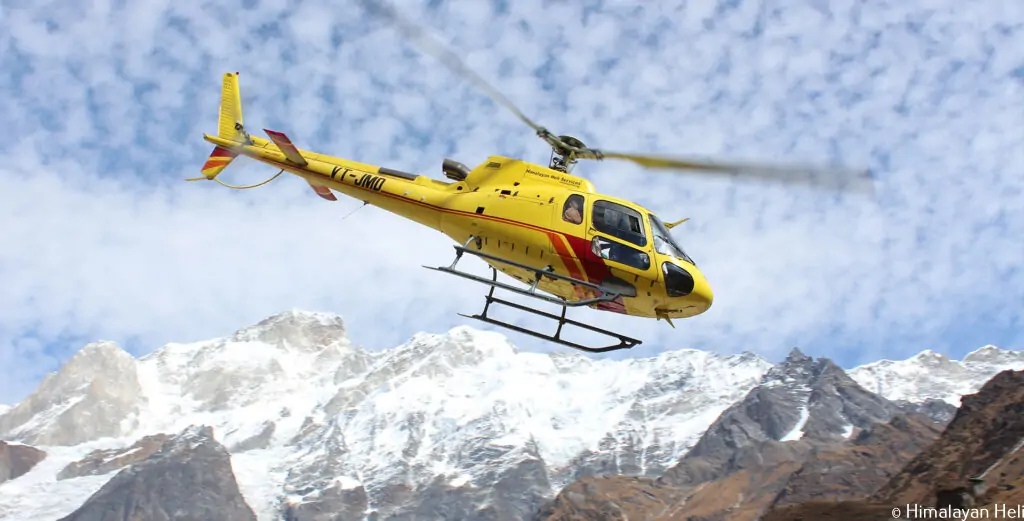
The Directorate General of Civil Aviation (DGCA) has introduced an additional hill check for helicopter pilots operating to helipads at 10,000 ft during the Char Dham yatra from this season onwards, keeping in view the safety of operation in the hilly areas.
In October 2022, six pilgrims and a pilot were killed in a chopper crash near Kedarnath Shrine in Uttarakhand. A senior official informed that under the safety measures, pilots operating in the Himalayan region would get specialised training under the new set of rules introduced by DGCA. After the last year's chopper crash that claimed seven lives and another incident that happened this year where an official of the Uttarakhand government was killed after coming in contact with a tail rotor, DGCA issued safety guidelines to all operators in the hill region.
Ensuring flight safety in hilly areas has been a recurring concern, with the Kedarnath area alone reporting at least nine helicopter crashes between 1990 to 2019. In June 2013, three choppers crashed while conducting rescue operations during the 2013 Kedarnath tragedy, killing 23 people, including Indian Air Force personnel. In July 2013, a pilot and a co-pilot of a private chopper were killed as it crashed minutes after taking off from flood-hit Kedarnath. In April 2018, one person was killed and three others injured when an air force cargo helicopter caught fire while landing in Kedarnath.
What are the measures taken?
Unpredictable weather at Kedarnath is a major problem and to tackle this, DGCA has now installed weather cameras at the Kedarnath helipad and at different vantage points en route. These cameras will make sure that a live video feed on actual weather conditions is available and accordingly monitored.
An official told PTI that the feed of these cameras will be available in the operation rooms of helicopter operators and on mobile apps for pilots to help them in the decision-making process. Surveillance cameras have also been installed at these operator helipads. These cameras also can record the footage for a minimum of 14 days. This is also going to help the DGCA in identifying any non-compliance issues.
The DGCA has also activated the Airborne Image Recording System (AIRS) which will be installed in a helicopter that is being operated during the Kedarnath yatra. The official, as quoted by PTI, said that the AIRS records any flying object or instrument by video recording the cockpit and by recording certain parameters using GPS. “The mandatory activation of this system (only in those helicopters equipped with this system) allows the benefit of post-flight analysis of the flight parameters ensuring compliance to Standard Operating Procedures (SOPs) by pilots,” the official said.
Kedarnath Yatra in 2023
The Kedarnath Yatra this year began on April 25. The official informed that around 4,200 shuttle flights carrying about 23,000 passengers were operated from April 25 to May 19. Meanwhile, on April 23, a Uttarakhand government official was on his way to inspect the Kedarnath helipad in a helicopter, which met with an accident. The official was wounded in the incident. It is safe to say that these measures were much needed and have been put in place at the right time to ensure air travel for pilots and pilgrims.
Char Dham Yatra is one of the most popular pilgrimages attracting a large number of devotees from various parts of India. Kedarnath is one of these places. All four shrines are at high altitudes where extreme weather conditions can change rapidly. The Kedarnath pilgrimage started on April 25 this year. The chopper shuttle services also began on the same date by seven operators approved by DGCA after an inspection conducted from April 20-23.
Read next
Malaysian Authorities Seize Pakistan Airlines' B777 Over Unpaid Dues for Second Time in 2 years
Radhika Bansal
31 May 2023
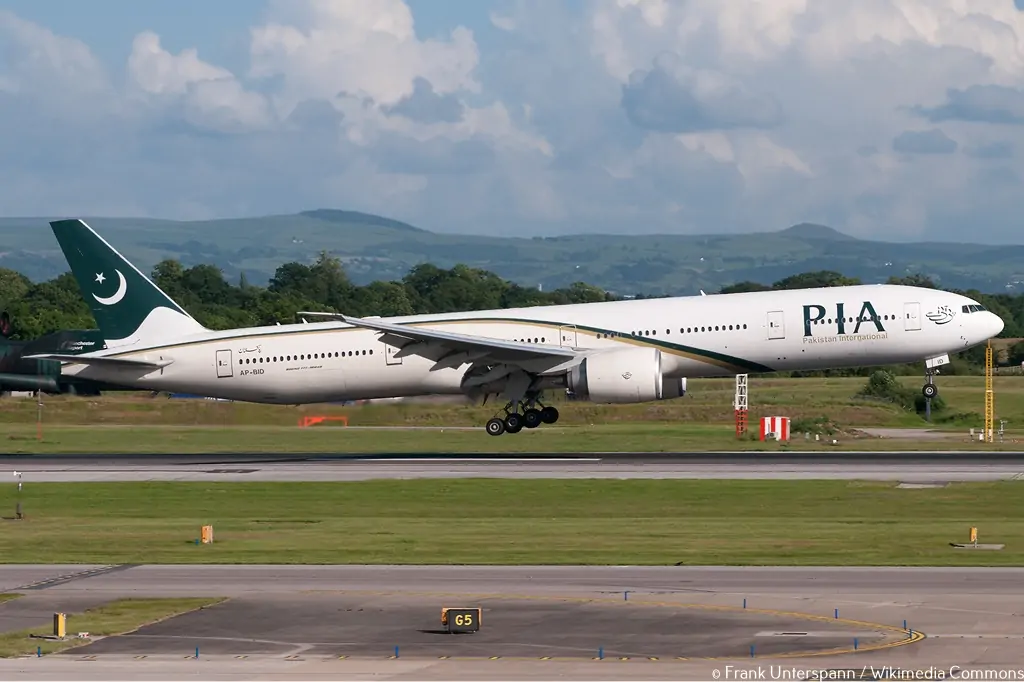
A Boeing 777 jet operated by Pakistan International Airlines Corp. was impounded on May 29 in Kuala Lumpur over unpaid charges to a leasing company, forcing the carrier to send a replacement aircraft to pick up stranded passengers.
A Malaysian court ordered the plane to be seized on the lessor’s request, PIA spokesman Abdullah Hafeez Khan said in a statement. Khan said that the state-owned airline will seek legal remedies to free the plane, saying that the disputed amount has already been paid.
This is the second time in the past two years that a PIA aircraft has been seized in the Southeast Asian nation. A spokesperson for AerCap Holdings NV, which Khan identified as the lessor, didn’t respond to a request seeking comment.
PIA has been struggling to overcome its financial problems after the European Union banned its fight operations in 2020 over fake pilot licenses. The Beoing 777 was acquired by Pakistan International Airlines (PIA) on lease from Malaysia. The plane with the BMH registration number was stopped for the second time at the Kuala Lumpur airport over payment of dues worth USD 4 million. The company ‘seized’ the PIA plane after receiving the order from a local court after payment of dues, the report said.
What happened the first time?
This is the second time the PIA aircraft has been seized in Malaysia over a dues issue. The same aircraft was seized by the Kuala Lumpur airport authorities in 2021 on the same issue. Later, the plane was released on diplomatic assurance about the payment of dues. The seized plane was brought back to Pakistan on January 27 along with 173 passengers and crew members on board.
The leasing company alleged that the Pakistani flag carrier stopped making payments in July 2020. It said it had filed a case against PIA in London High Court in October over the failure to pay a leasing fee of about USD 14 million, pending for six months. In response, Pakistan International Airlines claimed that since the pandemic affected the aviation industry, overhead charges should have been reduced.
Without any amicable solutions or payments, Peregrine Aviation Charlie Limited kept a watchful eye on the activities of the flag carrier. And upon learning of PK 895's scheduled landing in Malaysia, the aircraft lessor appealed to the Malaysian court to seize the aircraft per international civil aviation leasing laws. The impound lasted for two weeks and was only released by the Kuala Lumpur High Court after both parties said they reached an amicable settlement.
The Pakistani flag carrier has been struggling to pay salaries for months due to a shortage of cash, and according to the pilots, the government has not stepped in to help either. This has left employees out of pocket and could lead to significant operational disruption if the walkout goes ahead.
PIA is currently banned from flying to the European Union, the UK, and the US - three huge markets for the airline, and the loss of revenue from being unable to operate these services is hitting its finances hard. In a bid to keep hold of its coveted slots at London Heathrow (LHR) while not in use, PIA has temporarily offered them to Turkish Airlines and Kuwait Airways.
Read next
Alliance Air Plans to Implement ChatGPT Solutions to Overhaul Its IT Systems
Radhika Bansal
31 May 2023
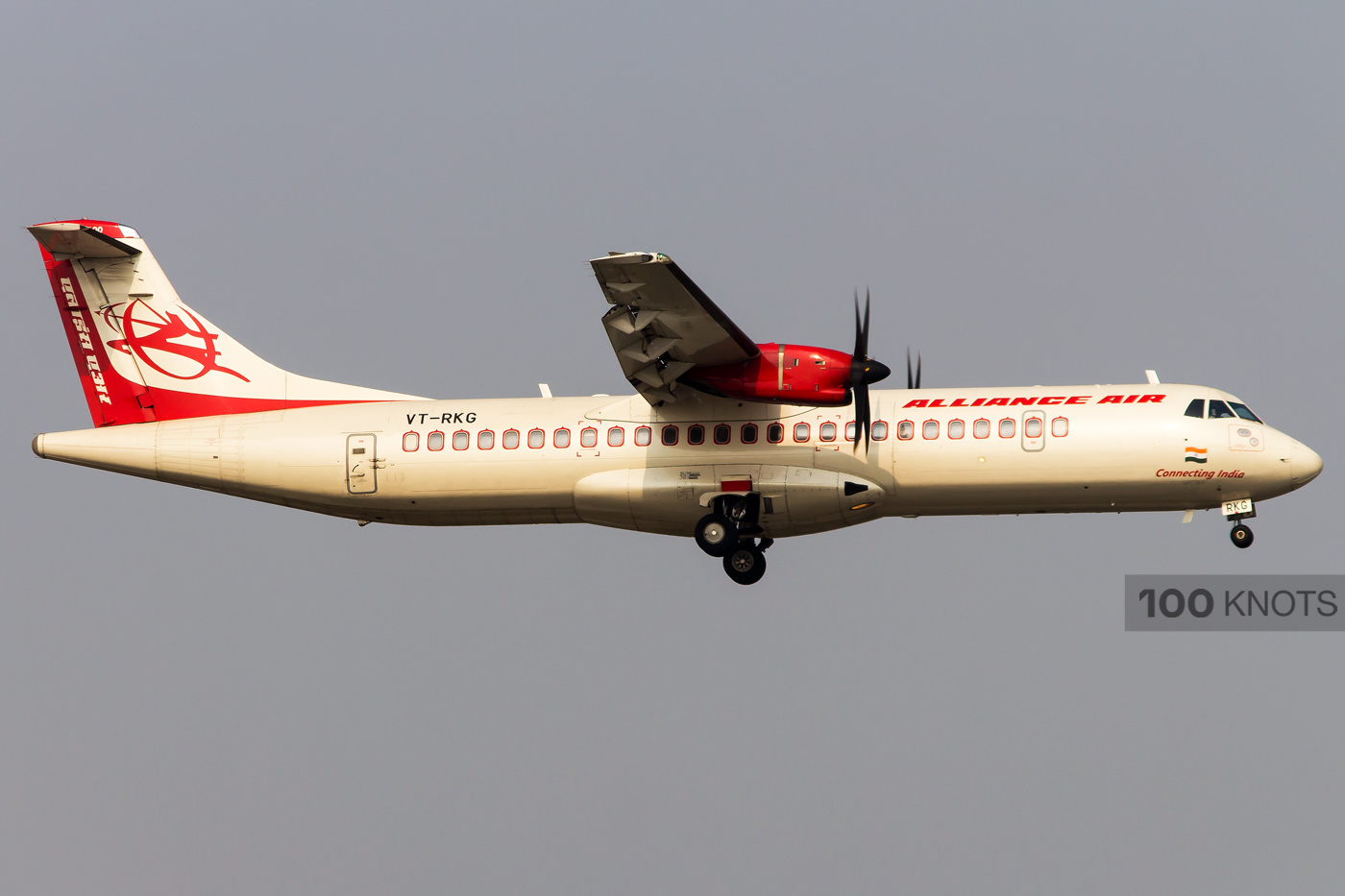
While the Tatas grapple with the turnaround of Air India, its erstwhile regional subsidiary Alliance Air has quietly overhauled its IT systems by moving to a cloud-based infrastructure.
“The airline has achieved a remarkable digital transformation by implementing SAP RISE 2022 Enterprise Resource Planning (ERP) system to SAP cloud. With the help of implementation partner Wiredsoft - Ally Wiredsoft Solutions (P) Ltd. - the airline successfully completed the migration ahead of schedule, showcasing their commitment to innovation and progress. Recognizing the need for modernization due to their outdated systems on a decade-old on-premise IT infrastructure, Alliance Air moved to a cutting-edge cloud infrastructure, a step towards improving operational efficiency and enhancing the customer experience,” said Mukesh Sareen head of IT at the state-run airline.
“The implementation of the SAP RISE system will revolutionize key business operations in Finance, Human Resources, Commercial Operations, and Engineering. This will unlock new possibilities for the airline,” said Manoj Aggarwal, director of Ally Wiredsoft Solutions. The airline has also been exploring use cases for ChatGPT to uplift its customer experience.
The airline’s transformation is being led by CEO Mr. Vineet Sood, Head-IT Mr. Mukesh Sareen, along with Chief Financial Officer Mr. Ambar Mondal.
Centre allocates Rs 600 cr to Alliance Air
Centre has decided to infuse Rs 600 crore in the divestment-bound airline Alliance Air to restructure some of its debt and aid in alleviating its financial woes. As per industry and government sources, INR 600 crore will be infused in two tranches of INR 300 crore each. The first tranche is expected to be infused soon while the second tranche will only be released on the achievement of certain operational and financial milestones.
According to sources, the plan is expected to provide financial relief on the working capital front along with alleviating some airline debt. At present, the airline has an external debt of around INR 1,200 crore on its books. It has a turnover of more than INR 1,000 crore per annum. In FY22, the airline reported a net loss of INR 4,473.92 million from a loss of INR 3,599.32 million reported in FY21. Consequent to the financial woes, the airline recently faced resentment from pilots, who protested against the non-restoration of their pre-pandemic pay.
Presently, Alliance Air operates 56 destinations within India with over 130 departures per day. Furthermore, the airline is a major operator of flights under the UDAN (regional air connectivity) scheme, operating around 60 flights daily. It has a fleet of 18 ATR 72-600, 2 ATR 42-600 and 1 Dornier Do-228 aircraft.
The airline was an erstwhile part of Air India before the latter’s divestment. Currently, it is operated as a division under Air India Asset Holdings (AIAHL). It was founded in 1996 as a wholly-owned subsidiary of then Indian Airlines, which later merged with Air India. In 2021, Tata Group bought the debt-ridden Air India from the Central government, thereby, Alliance Air, as the only airline under the Centre’s control
Read next
Aviation regulator DGCA has simplified the application process for heliport licenses, and applicants can now seek clearances through a single window on the regulator's portal. Before submitting online applications for heliport licenses, applicants had to seek NOC (No Objection Certificate)/ clearance from five entities.
The entities are the home ministry, defence ministry, environment and forest ministry, Airports Authority of India (AAI) and the local administration concerned. Now, the applications for NOC/ clearance can be routed to the five entities through a single window provided on the eGCA portal, an official release said on Tuesday.
The Directorate General of Civil Aviation (DGCA) grants heliport license/ operational authorisation to the heliports at the surface level and at elevated/rooftop buildings in compliance with the aircraft rules.
Before submitting the online applications, applicants were required to apply to the following five organizations online or physically to obtain NOC or Clearance Ministry of Home, Ministry of Defence, Ministry of Environment and Forest, Airport Authority of India and Local Administration.
Applicants are required to submit an online application through the regulator's eGCA portal. Union Minister of Civil Aviation Jyotiraditya Scindia has laid a special focus on ease of doing business. The eGCA (e-Governance in Directorate General of Civil Aviation) portal was launched in November 2021 to enhance the efficiency of the various services provided by the civil aviation regulator DGCA.
DGCA is the nodal authority that grants Heliport Licenses or Operational Authorization to the heliports at the surface level as well as at elevated levels, in compliance with Aircraft Rules and the Civil Aviation Requirements (CAR). Interested applicants seeking a licence must submit an online application to DGCA through the eGCA portal.
UDAN 5.1 To Bolster Connectivity Through Helicopters In Remote Areas
In a bid to bolster connectivity and ensure seamless access to remote areas across the nation, the Ministry of Civil Aviation, on May 24, unveiled UDAN (Ude Desh Ka Aam Nagrik) 5.1. Building upon the success of the Regional Connectivity Scheme (RCS)- UDAN through four previous rounds, and with the ongoing implementation of the fifth round (version 5.0), the latest initiative takes a stride forward by incorporating helicopters to achieve last-mile connectivity.
According to an official statement, for the first time under RCS-UDAN, this round is designed specifically for helicopter routes. UDAN 5.1 introduces several notable features to enhance connectivity and accessibility across the country. UDAN 5.1, developed after consultations with stakeholders including helicopter operators, aims to provide last-mile connectivity and boost the Indian civil aviation industry's helicopter segment.
The current version of the scheme has been designed after consultations with all stakeholders including helicopter operators. While the intended target is to provide last-mile connectivity, it is also projected to give the helicopter segment of the Indian civil aviation industry a much-needed boost, the release said. To date, 46 helicopter routes have been operationalised under previous rounds of the scheme, benefitting several hilly and North East states. The release further noted that This round targets coverage of a much larger number of routes. At present, there are only around 280 civilian choppers in India which are used in various sectors.
Under the UDAN scheme passengers have received the benefit of air connectivity, airlines have received concessions for operating regional routes, and unserved regions have received the direct and indirect benefits of air connectivity for their economic development. The present version of the scheme will be another step towards the Prime Minister's vision of allowing the common man to travel by air at affordable fares to remote destinations of the country.
Read next
In recent years, the aviation industry has grown significantly, with airlines all over the world pursuing more fuel-efficient and technologically sophisticated aircraft. Boeing Co. has announced an increase in production and plans to expand its Charleston, South Carolina, facilities in order to fulfil the increased demand for its widebody 787 Dreamliner aircraft. The decision comes as the aerospace company works to deliver orders and preserve its position as an industry leader.
Boeing Boosts 787 Dreamliner Production
Boeing has chosen to increase the monthly production rate of its 787 Dreamliner from three to four aircraft. This increase will enable the corporation to satisfy current demand while also reducing order backlogs. Boeing, on the other hand, has even more ambitious plans for the future, hoping to increase production to five jets per month by the end of the year. After producing Dreamliners at a slower pace earlier in the year, the firm stated in April that it had stabilized 787 production at three aircraft per month.
Charleston, South Carolina, Production Facility Expansion
Boeing intends to establish a second manufacturing line at its Charleston, South Carolina, facilities to handle the higher production pace. This extension will offer the capacity and infrastructure required to accommodate the increased output. Additionally, the business is working on updating inventory on 787s at the Charleston location to satisfy the US Federal Aviation Administration's (FAA) safety regulations.
Benefits of Increased Production
Boeing and its stakeholders will benefit from the decision to boost production in various ways. For starters, it enables the corporation to satisfy growing client demand for the 787 Dreamliner. Airlines are looking for more efficient and comfortable aircraft, and the technological features of the Dreamliner make it an appealing option. Boeing can ensure timely delivery and customer satisfaction by increasing output.
Considerations and Challenges
While boosting production is an important milestone for Boeing, it also brings with it some novel concerns and considerations. Supply chain management is one of the most important elements. Boeing relies on a complex network of suppliers to supply the Dreamliner with the essential components and materials. To minimize production delays or disruptions, it is critical to manage the increased volume and provide a continuous supply.
Positive Impact on the Aerospace Industry
The move by Boeing to enhance production and expand its facilities has larger implications for the aerospace sector. For starters, it directly and indirectly provides employment possibilities as the firm recruits additional personnel and supports economic growth in the communities where its facilities are situated. This employment generation has a good impact on the surrounding communities, assisting companies and raising living standards.
Conclusion
Boeing's decision to boost the 787 Dreamliner production pace and expand its facilities in Charleston, South Carolina, illustrates the company's commitment to satisfying customer demand and enhancing its market position. Boeing intends to meet rising demand for its fuel-efficient and technologically sophisticated aircraft by increasing output and building a second production line.
With Inputs from Reuters


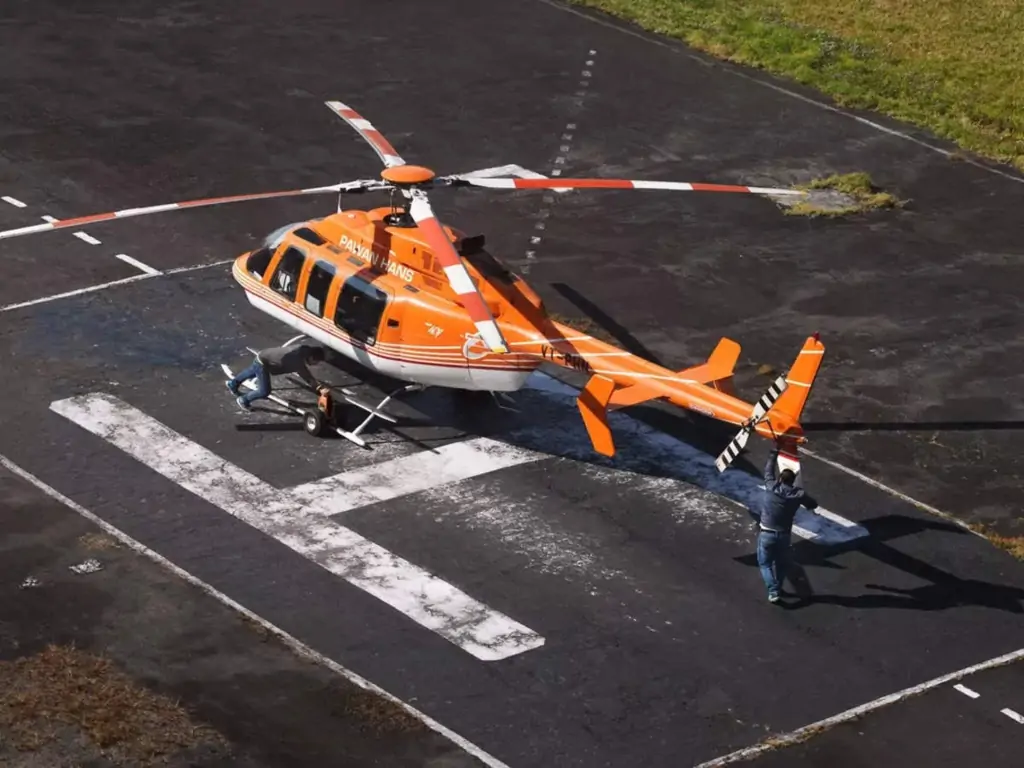
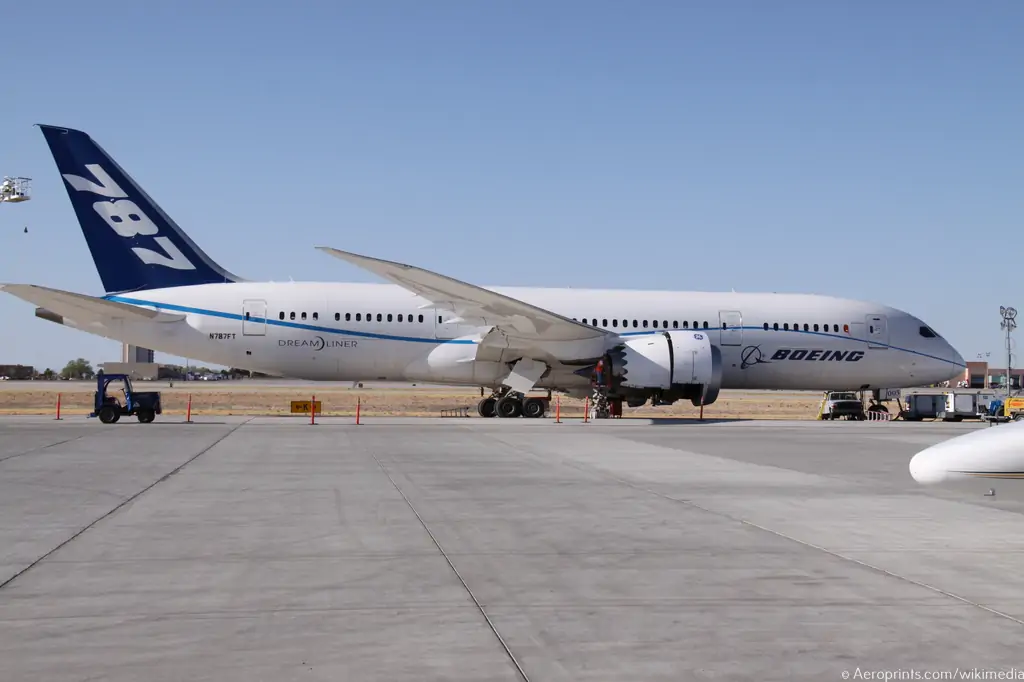
Comment